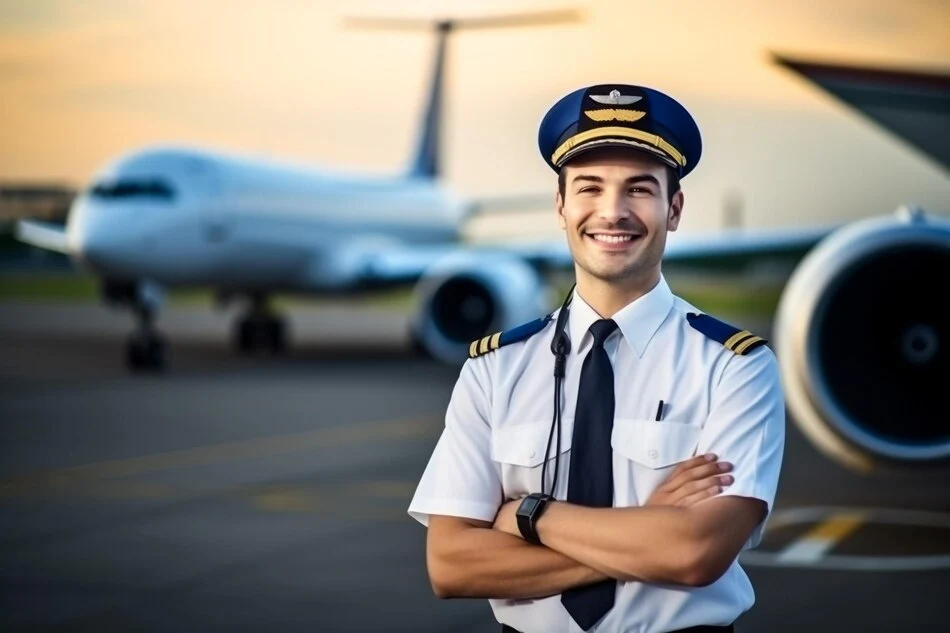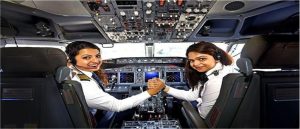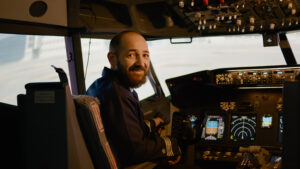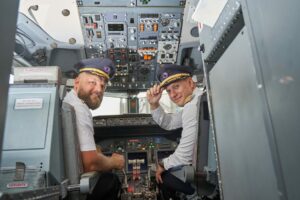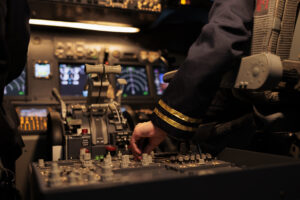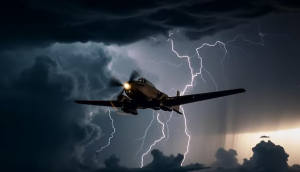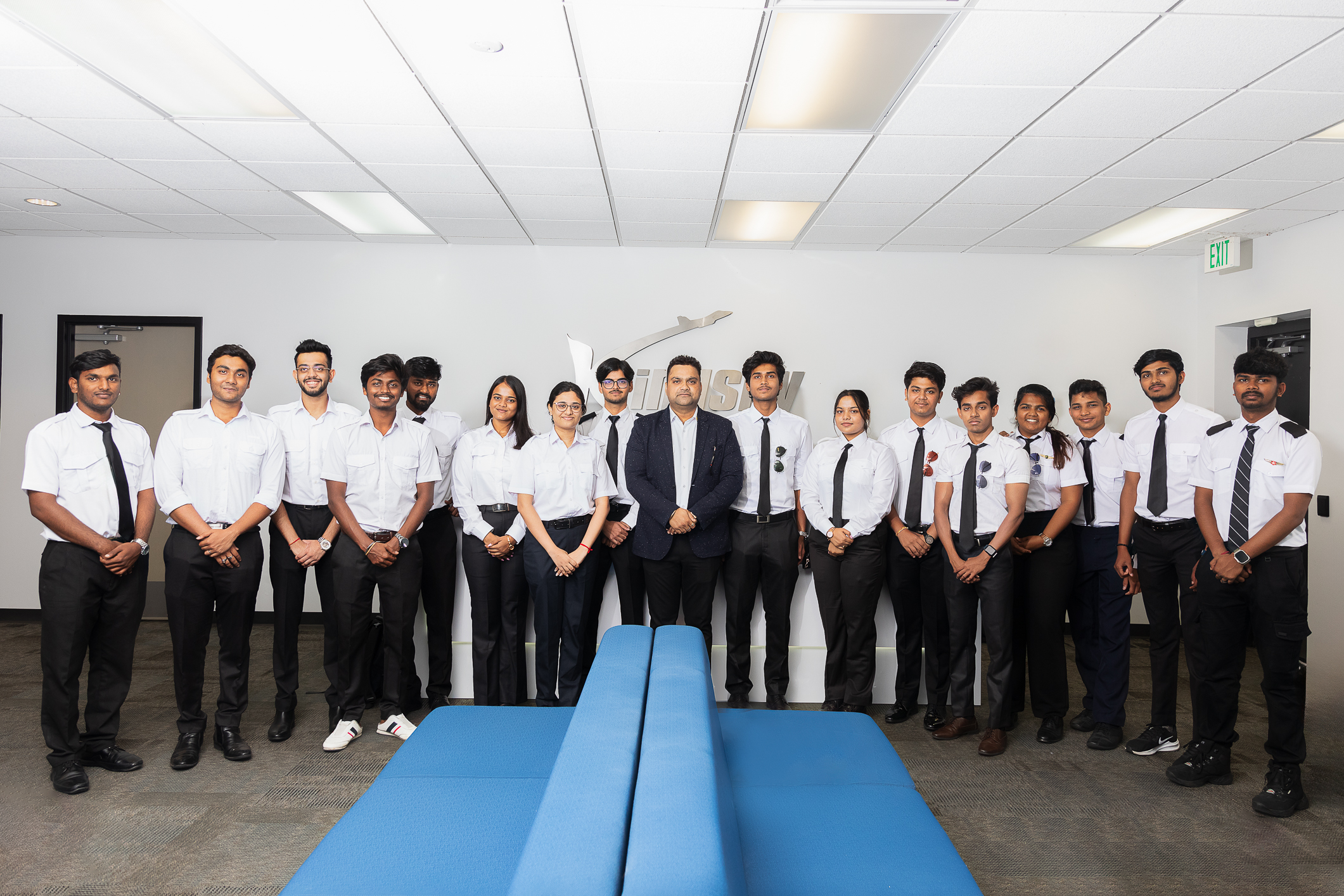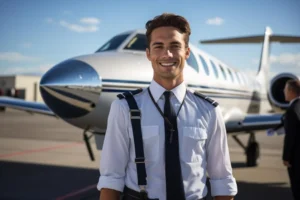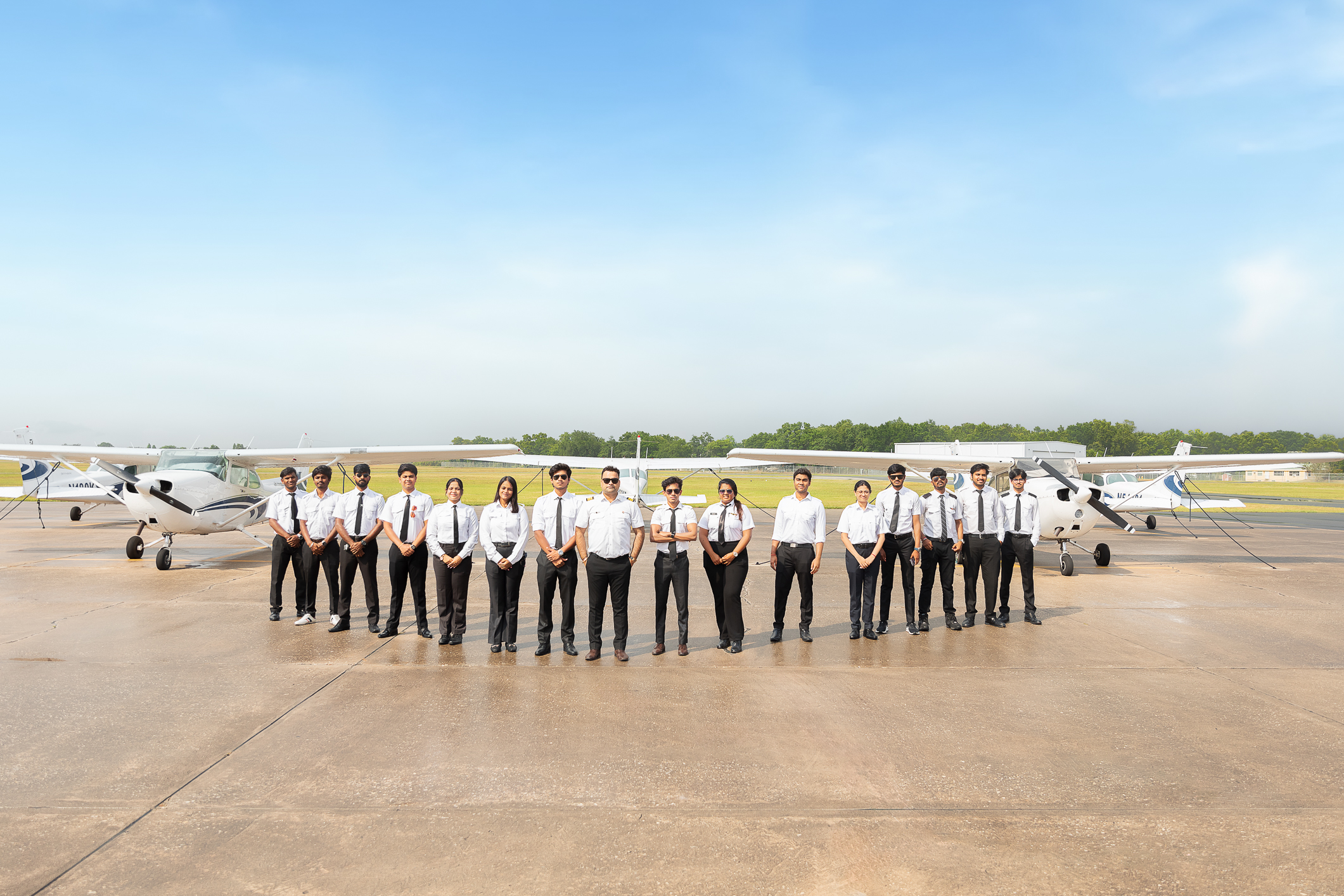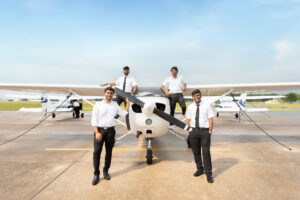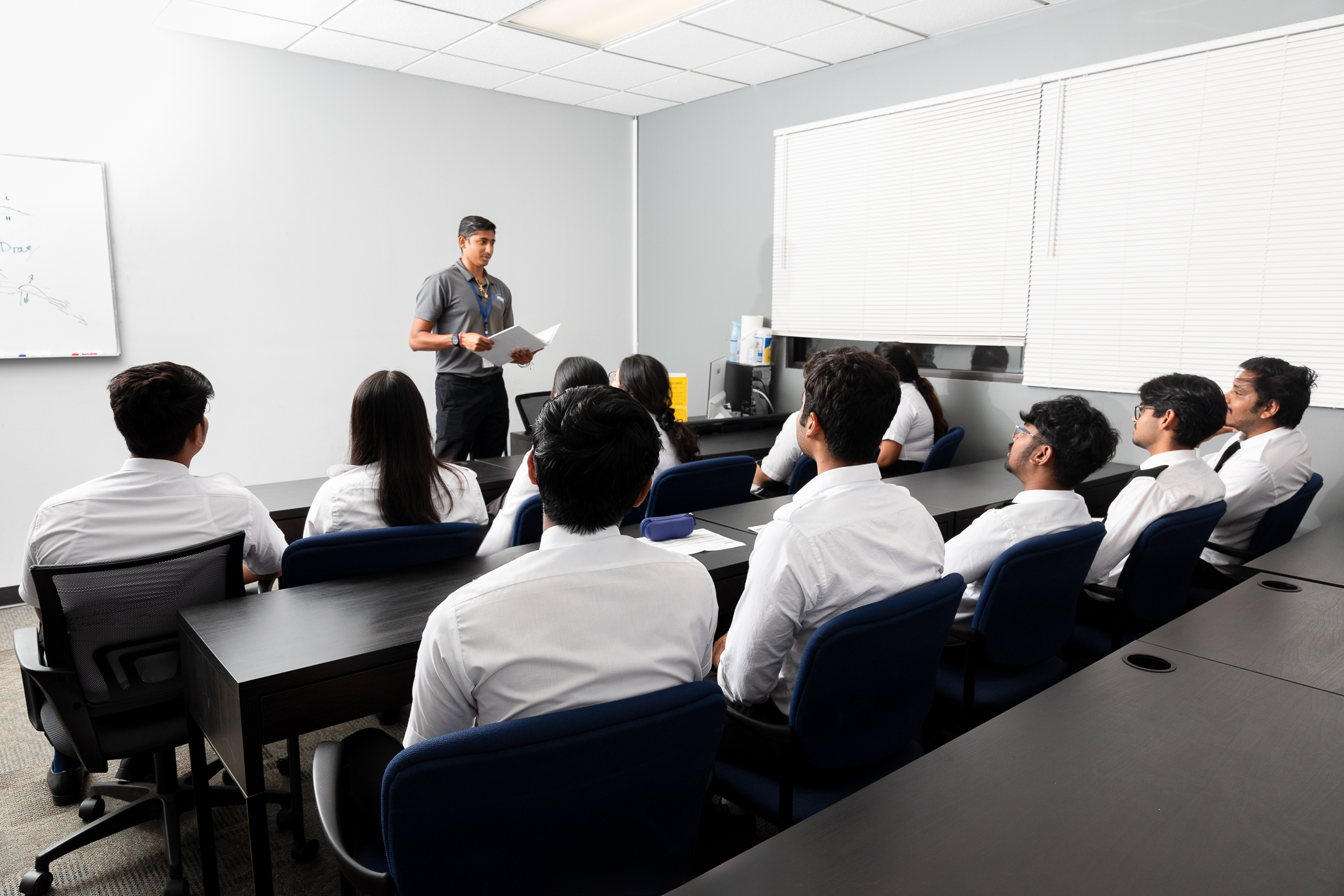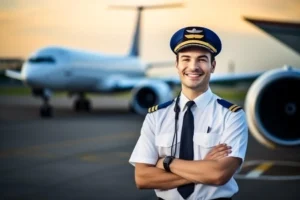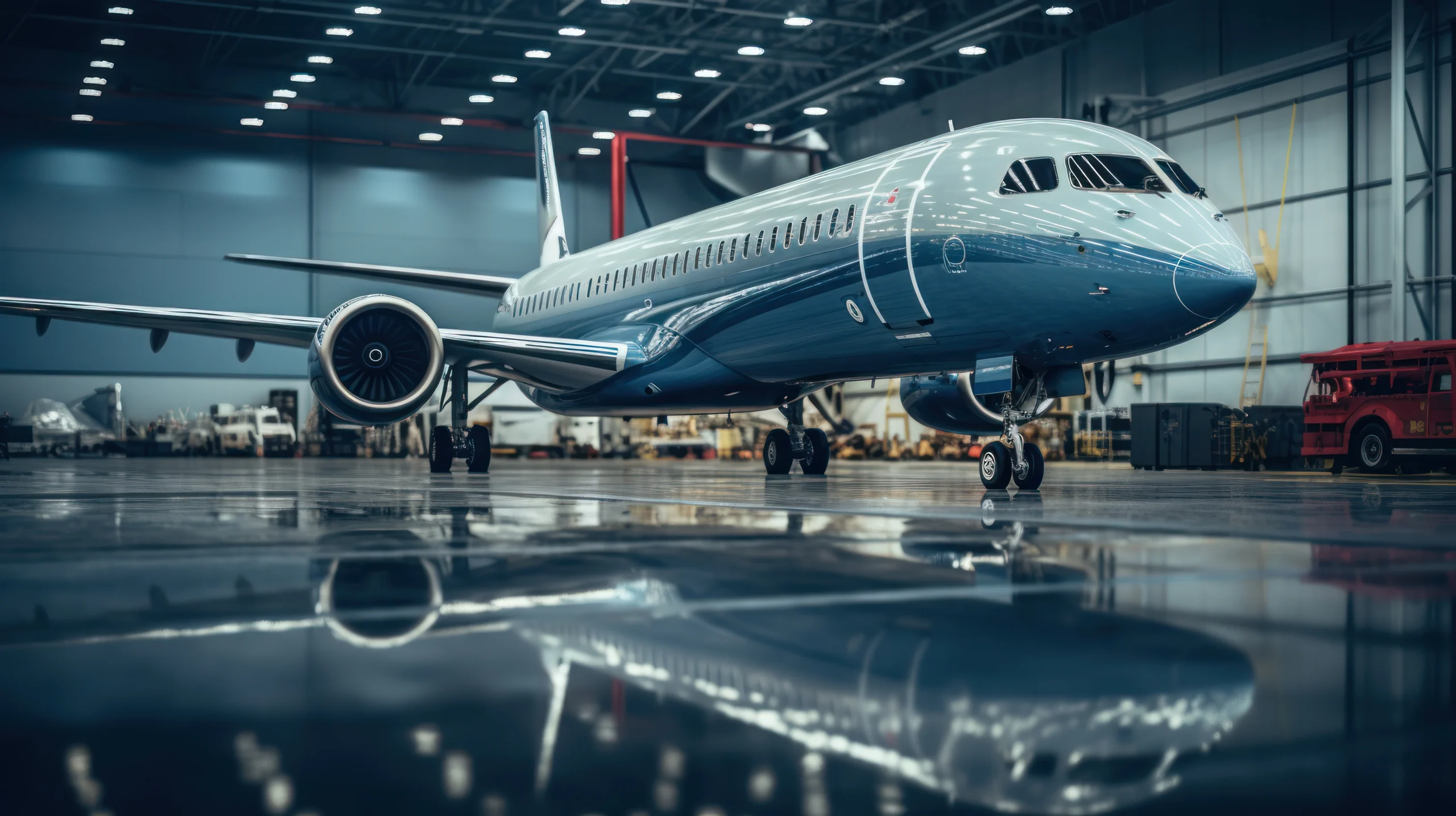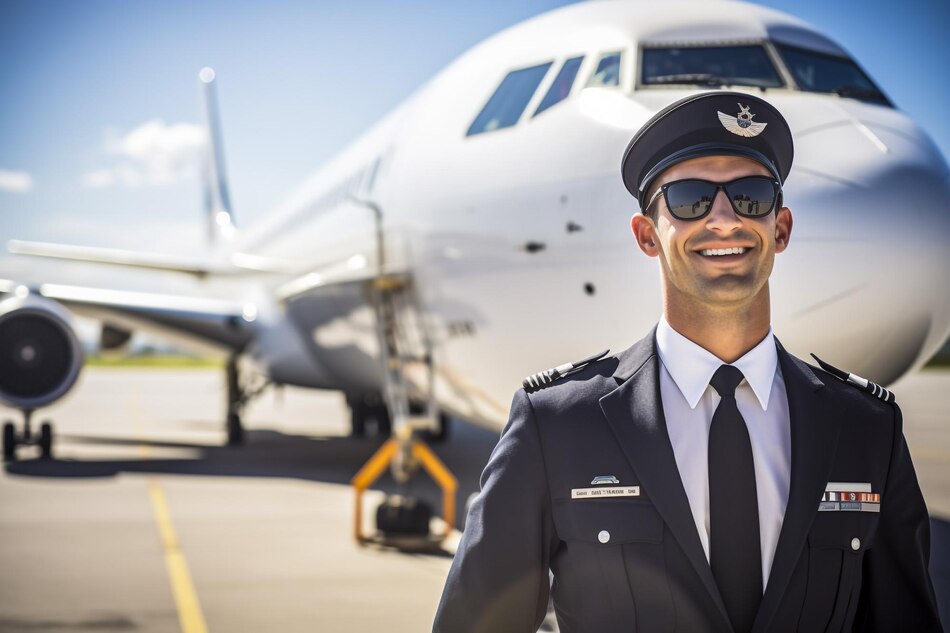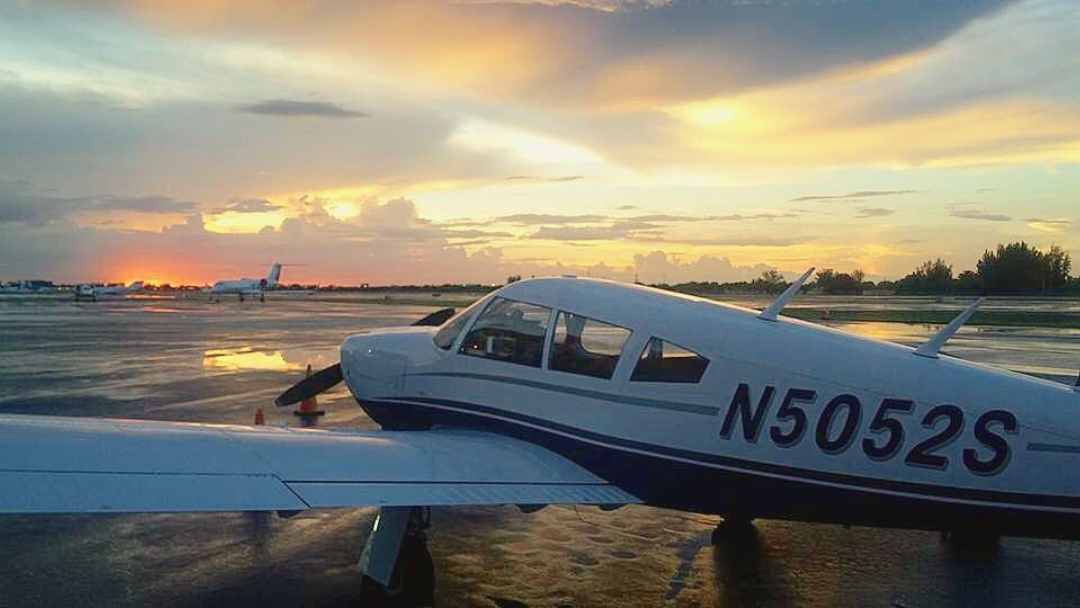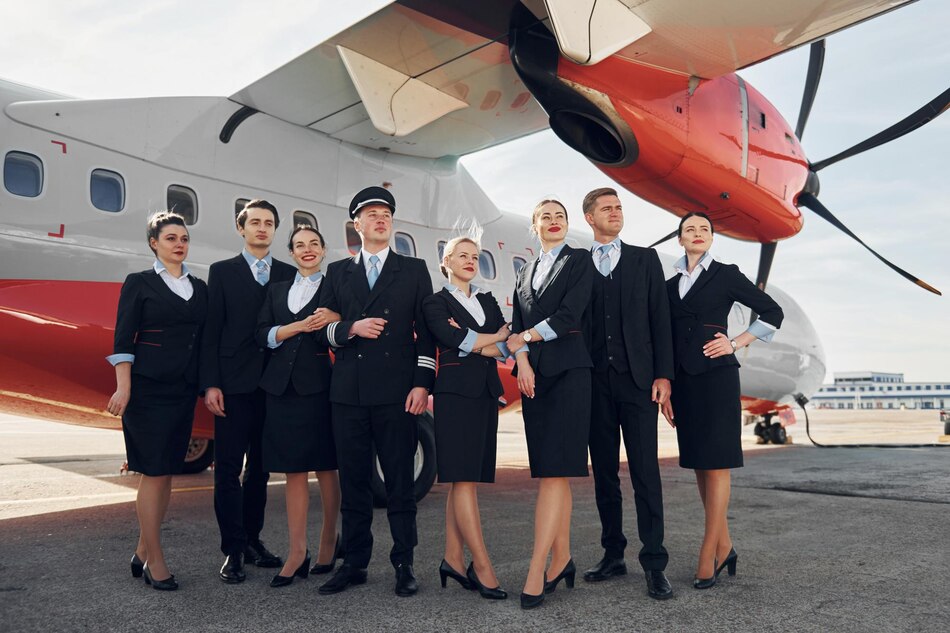Becoming a commercial pilot is an exciting and challenging journey. One of the most critical decisions you’ll make along the way is choosing the right flight school for your Commercial Pilot License (CPL) training. With so many options available, finding the perfect school can seem overwhelming.
However, selecting the right flight school is crucial as it will lay the foundation for your future aviation career. This article will guide you through the essential factors to consider, ensuring you make an informed decision that sets you on the path to success.
Why is it important choosing the right flight school for your CPL training
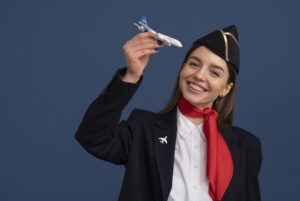
Choosing the right flying academy is crucial when pursuing a Commercial Pilot License (CPL) due to the significant impact that the quality of training has on a pilot’s future career. A reputable academy provides comprehensive instruction that equips students with both the theoretical knowledge and practical skills needed to succeed in the aviation industry.
Factors such as the academy’s reputation, curriculum, and available resources play a vital role in ensuring that students receive high-quality education and training. This foundational training is essential for preparing students to handle the complexities and demands of a commercial pilot’s career.
A quality flying academy provides access to contemporary aircraft, advanced simulators, skilled instructors, and a strong support network, all of which are essential for effective training.
Comprehensive flight training is supplemented with career placement aid and continuous support to help students move easily into the aviation sector. The correct academy not only helps students pass mandatory exams and flight tests but also instills professionalism and a strong commitment to safety, which are essential in aviation.
Factors to consider while selecting the right flight school for CPL training
1. Efficient Training Programme:
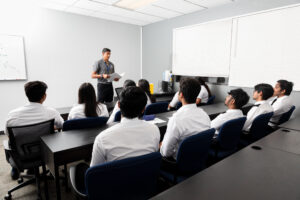
Choosing the Right Flight School for Your CPL Training It is critical to select a flight school that provides an efficient training programme, allowing you to complete your training within a realistic time limit without sacrificing quality.
Efficient training programmes allow you to make the most of your prime years and begin your professional career earlier. Look at the school’s graduation rates and average time to completion. This information can help determine how well the institution handles its training programme and resources.
2. Dedicated Runway:

A flight school with a dedicated runway can significantly enhance your training experience. A dedicated runway reduces ground waiting time, allowing you to maximize your flight hours.
Less time spent on the ground means more time in the air, which is critical for honing your flying skills. Additionally, a dedicated runway can offer more flexible scheduling options, ensuring you can fly when it suits your learning pace.
3. Minimal Air Traffic:
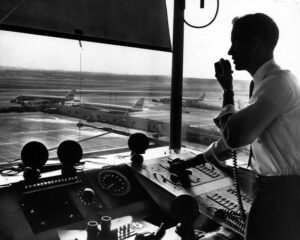
Choosing a flight school in a region with little air traffic is advantageous for focused training. Low air traffic locations allow novice pilots to focus on core skills without the added stress of navigating through congested skies.
This environment is especially beneficial for novices who require a controlled setting to develop confidence and proficiency. It also minimizes the likelihood of mid-air collisions and improves safety during training missions.
4. Comprehensive Skill Development:
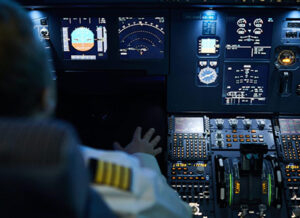
A good flight school should offer more than just flying lessons. Look for programs that emphasize overall skill development, including discipline, professionalism, and decision-making. Airlines prefer pilots who are well-rounded, disciplined, and able to handle the pressures of the job.
Schools that incorporate soft skills training, emergency procedures, and advanced aviation topics can better prepare you for the demands of a commercial pilot career.
Also Read: Tips For Passing The Pilot Written Exam
5. Four-Point Quadrilateral:

Evaluate the flight school based on four essential factors: quality of training, pace of training, cost structure, and overall experience. Quality ensures you receive the best education; a reasonable pace helps you complete your training efficiently; a fair cost structure keeps it affordable; and a positive overall experience makes the learning journey enjoyable and engaging. Schools that strike the right balance among these elements are more likely to provide a superior training environment.
6. Fleet & Facilities:
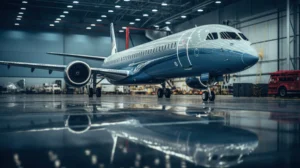
The variety and state of the school’s fleet are crucial. A well-kept, broad fleet of aircraft guarantees that you obtain experience on numerous types of planes, preparing you for a variety of flying scenarios.
Advanced simulators and current facilities are equally vital since they provide a realistic training environment and allow you to adapt to technical changes in aviation. Check to see if the school’s equipment is constantly updated and if its facilities meet high standards.
7. Experienced Instructors and Job Placement Records:

The quality of the lecturers is paramount. Look for flying schools that have experienced, certified instructors with a good reputation in the field. Instructors should be not only proficient pilots but also good teachers who can coach and assist you through the learning process.
Consider the school’s employment placement record. A solid track record of placing graduates in respected airlines or aviation corporations demonstrates the school’s repute and the efficacy of its training programs.
Conclusion
In conclusion, choosing the best flight school for your CPL training is an important step toward realizing your ambition of becoming a commercial pilot. You can discover a school that meets your requirements by taking into account elements like efficient training programs, dedicated runways, low air traffic, extensive skill development, and a well-maintained fleet.
Also, consider the instructors’ experience and the school’s job placement record. Taking the time to research and choose the best flight school will ensure that you have the necessary education and assistance to thrive in the aviation profession.
FAQ
1. Can I transfer my training hours if I switch flight schools?
Yes, you can transfer your training hours if you switch flight schools, but the process can be complex. Ensure the new school accepts your previous hours and that their curriculum aligns with what you have already completed. It’s best to discuss this with both your current and prospective schools before making a decision.
2. What is the student-to-instructor ratio, and why does it matter?
The student-to-instructor ratio is crucial because it affects the amount of personalized attention you will receive. A lower ratio means more one-on-one time with instructors, allowing for tailored guidance and quicker progress. Make sure to inquire about this ratio when evaluating flight schools.
3. Do flight schools offer financial aid or scholarships?
Many flight schools offer financial aid, scholarships, or flexible payment plans to help manage the cost of training. Check with the schools you are considering to see what financial support options are available and whether you qualify for any scholarships or grants.
